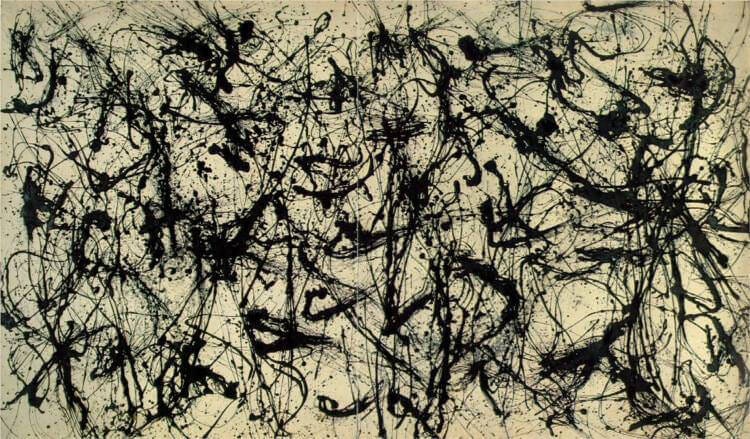In my previous articles, I explored management as craft—an artisan’s practice requiring a deep understanding of human nature, a sharp eye for patterns, and the development of one’s own voice. I then turned to the poetic dimensions of leadership, contrasting the mechanical precision of management with leadership’s fluid adaptability.
Now, I find myself drawn to something even more fundamental: if management is craft and leadership is poetry, then the reality we navigate is not fixed or orderly. Perhaps, at its core, it is chaotic. But what if chaos is not an external force to resist, but something intrinsic to leadership itself? What if the challenge is not to impose order, but to learn how to live—and lead—within uncertainty? In this essay, I explore how embracing, rather than resisting, chaos might transform our approach to leadership.
Those moments when our familiar approaches fall short—when neither the structured steps of management nor the fluid movements of leadership seem quite enough—reveal something fundamental about our relationship with uncertainty. We often view chaos as something to avoid, control, and eradicate. In our management and leadership frameworks, chaos is seen as an external threat—something disruptive, a force we must master to maintain stability and order.
What if, instead of an external force to subdue, chaos is intrinsic to our very nature? In this light, leadership is not simply about managing external chaos, it is also about grappling with our internal chaos—the uncertainties, contradictions, and complexities that define the human experience.
There’s an ancient insight that suggests the order we crave might be nothing more than an illusion—a construct we impose to make sense of a world that is, at its core, deeply chaotic. This is where the concept of the “wild God” can be useful.
In some traditions, the wild God represents the uncontrollable forces of nature as well as the raw, untamed parts of ourselves—those elements that break free from our control and remind us that we are not as neat and orderly as we would like to believe.
If we allow ourselves to see chaos as an essential part of life, our understanding of leadership shifts. We begin to see that the chaos we fear in the world is not so different from the chaos within us. It is not something “out there” to be mastered; it is a reflection of our own internal unpredictability, vulnerability, and potential for disruption.
This realization reframes leadership. Rather than a constant battle to impose order on the world, leadership becomes about acknowledging the chaos—within and without—and learning how to live with it. To embrace chaos is to acknowledge the inherent messiness of life and leadership. In this, we find strength—the strength to navigate uncertainty, the resilience to thrive within disorder, and the clarity that emerges when we stop trying to force everything into a predetermined pattern.
When we recognize that chaos is not a flaw to be fixed but a fundamental reality to be embraced, we see management and leadership as a dynamic dance of awareness and adaptation. The order we seek may always be elusive, but in its place, we find something more profound: a deeper understanding of ourselves and the systems we lead. Perhaps this understanding begins with seeing people not as pieces to be moved, but as sources of energy to be understood.
==



